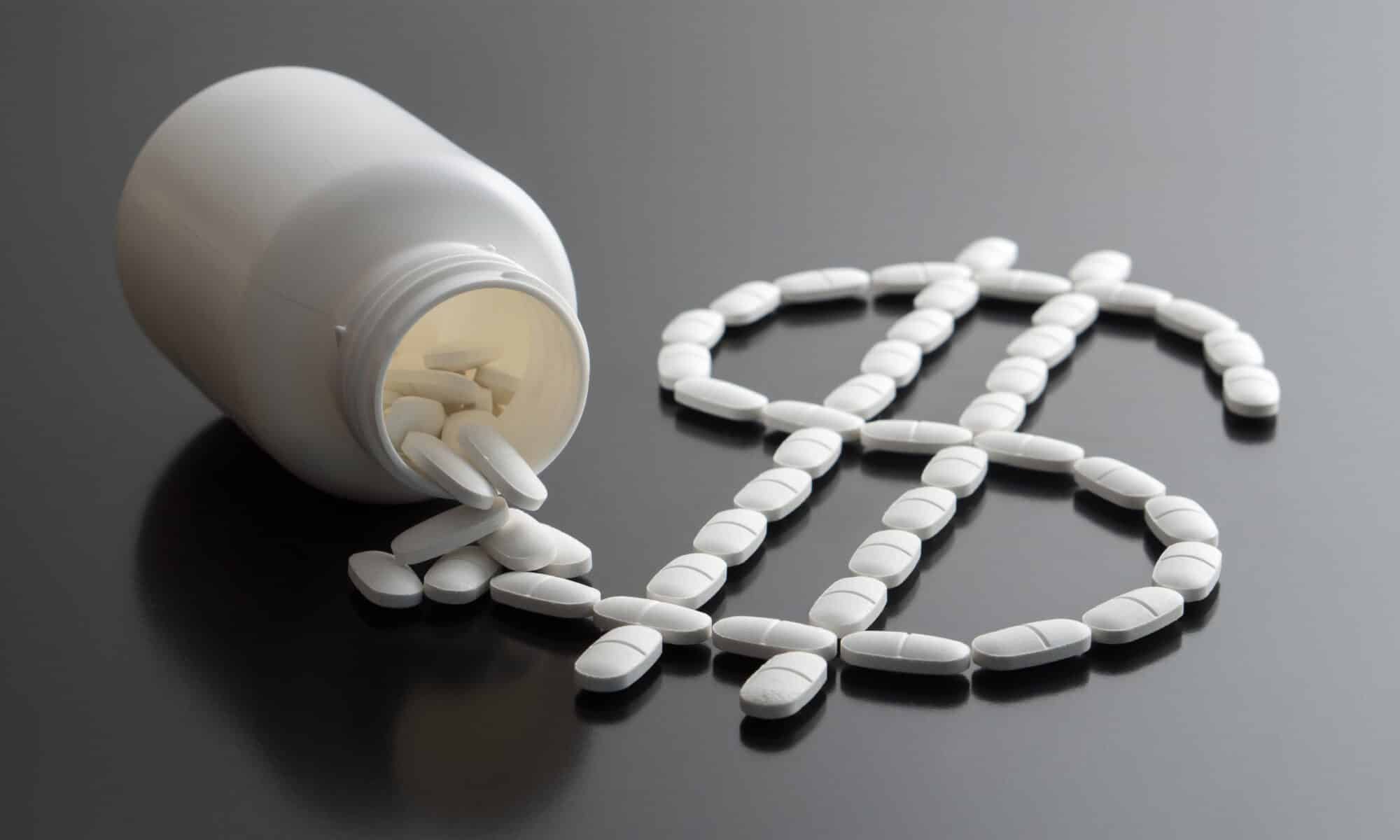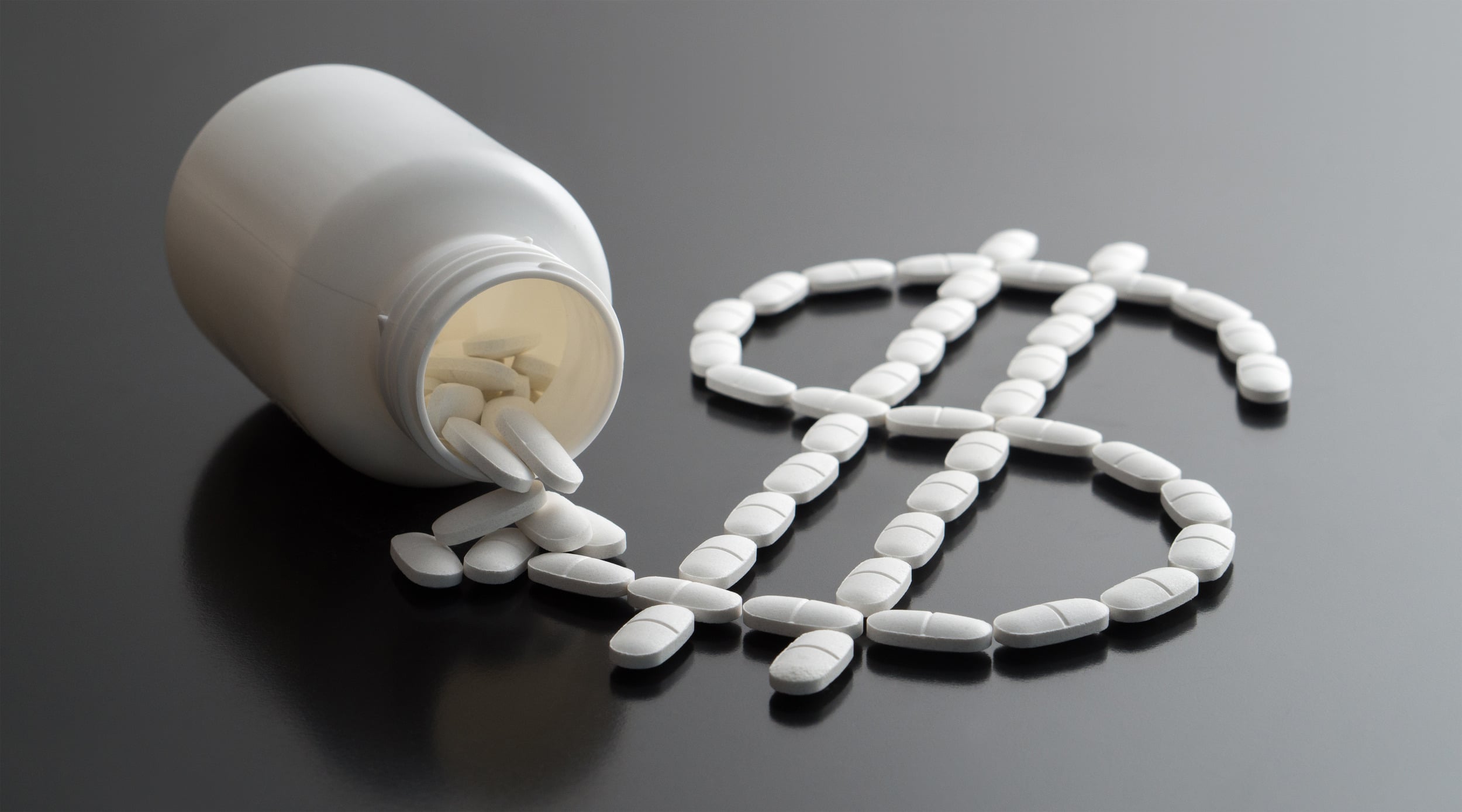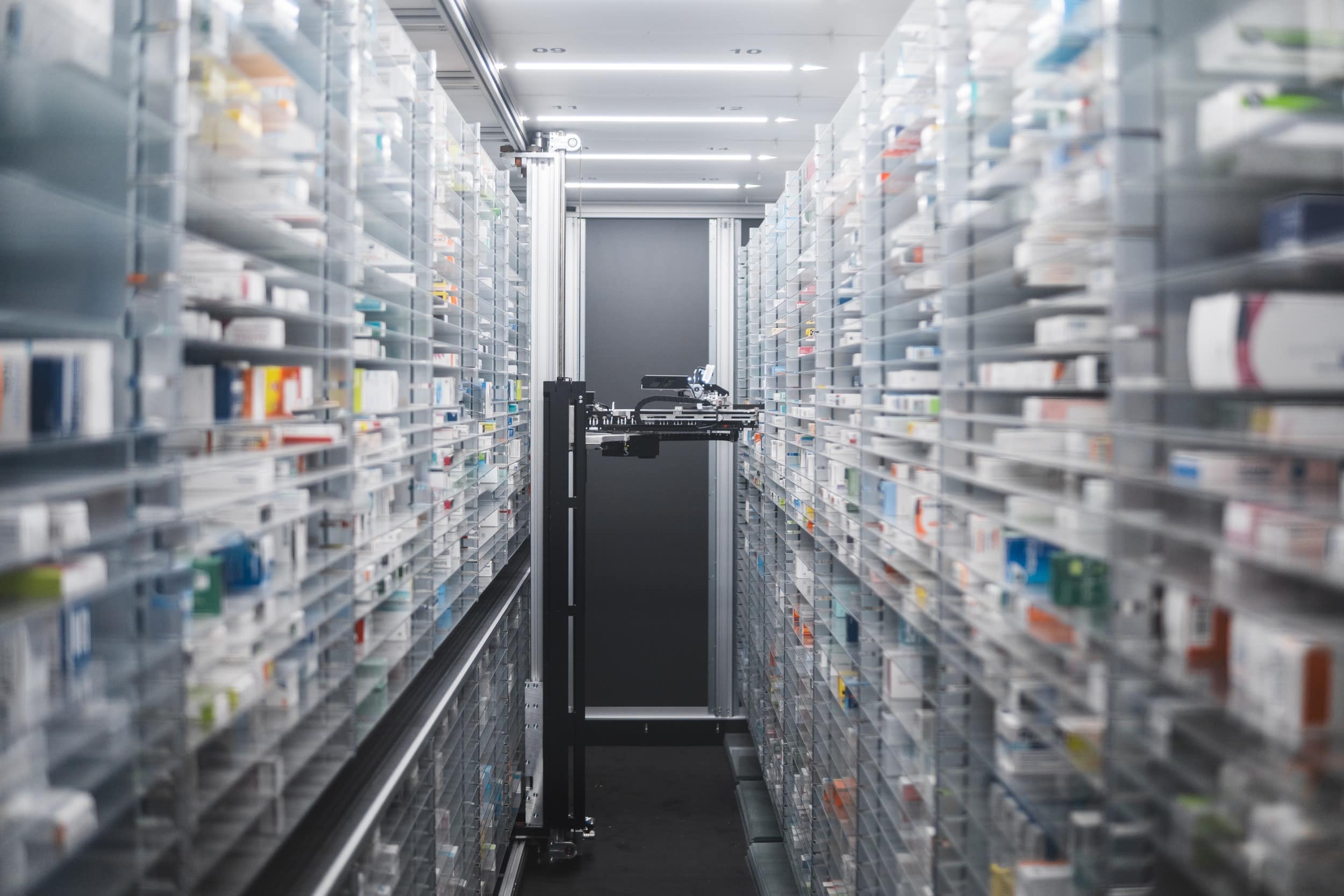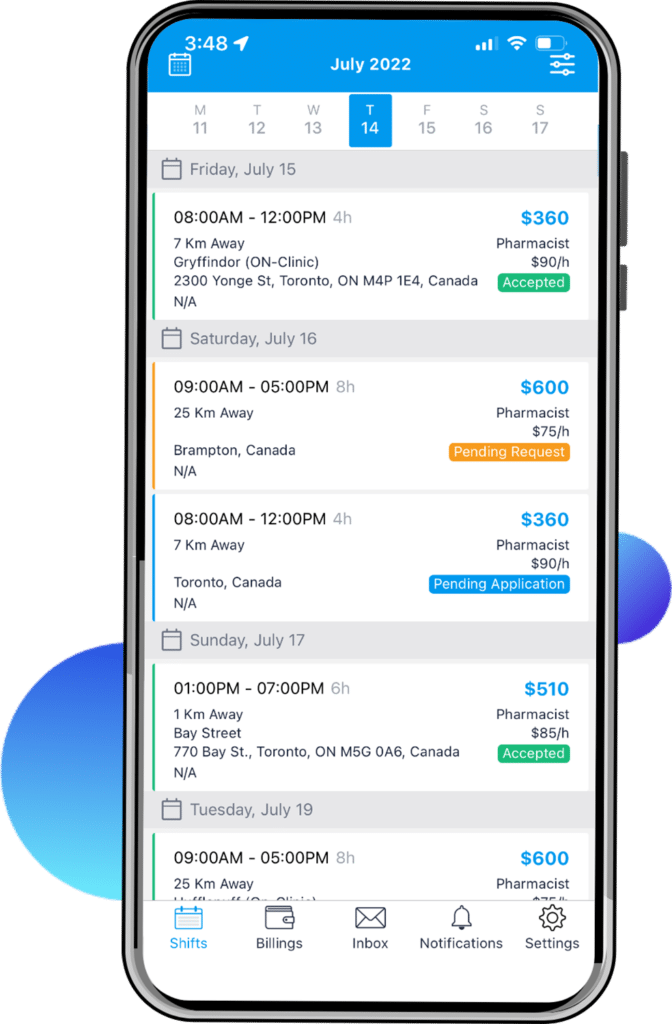The rising cost of prescription drugs is more than just a financial burden for retail pharmacies — it’s a growing crisis. This challenge goes beyond impacting a pharmacy’s bottom line to affect the customers who depend on these medications daily. To stay ahead, retail pharmacies must be acutely aware of the obstacles that could hinder their growth and take a proactive approach to addressing them.
Tackling the escalating cost of prescription drugs is now a top priority, reshaping how pharmacies operate and serve their customers. Let us at ShiftPosts help you discover the causes behind these rising drug prices and how they impact your pharmacy.

Current Challenges in Retail Pharmacy
Retail pharmacies face many challenges, and the rising cost of prescription drugs is just one piece of a complex puzzle. Alongside this issue, healthcare staffing shortages and pharmacist burnout are becoming increasingly prevalent, further complicating the operational dynamics of retail pharmacies. These challenges are interrelated, with each one exacerbating the others.
For example, as drug prices increase, pharmacies are under greater pressure to manage their budgets, often leading to reduced staffing levels as they cut hours to free up funds for the increases. This, in turn, contributes to the burnout of existing staff who have to do more work with fewer employees, creating a vicious cycle that can be difficult to break.
Declining Reimbursement
Another critical factor contributing to the financial strain on retail pharmacies is declining reimbursement rates from insurance companies and government programs. As these reimbursements decrease, pharmacies are left with narrower margins, making it harder to maintain profitability. This is especially tough for independent pharmacies, which may not have the same cost savings as larger chain pharmacies.
Declining reimbursements and rising drug prices affect pharmacies’ financial health and limit their ability to invest in new technologies, staff training, and other initiatives that could improve customer care. As pharmacies grapple with shrinking reimbursements, they must find ways to streamline their operations and cut costs without compromising the quality of service they provide to their customers.
The Pressure to Contain Prescription Drug Costs
As prescription drug costs continue to rise, retail pharmacies are under increasing pressure to contain them. This pressure comes from various sources, including insurance companies, government regulations, and, perhaps most significantly, customers. Today’s customers have become more price-sensitive, often seeking alternatives that are more affordable.
Rising Medication Dispensing Costs
One of the most significant challenges pharmacies face is the rising cost of medication dispensing. This covers the costs of buying the medications and the operational costs of dispensing them, such as labor, packaging, and compliance with regulations. As these costs continue to climb, pharmacies must find ways to manage them effectively to remain competitive.
Customers Seeking Alternatives
The high cost of prescription drugs is driving more customers to seek alternatives, such as mail-order prescriptions, over-the-counter medications, and even generic drugs when possible. This shift in consumer behavior puts additional pressure on retail pharmacies to offer competitive pricing and convenient services to retain their customer base.

Outpacing Inflation
The rising cost of prescription drugs has outpaced inflation over the past decade, creating a significant burden for both pharmacies and patients. While inflation has affected the cost of many goods and services, the rate at which prescription drug prices have increased far exceeds the general inflation rate. From January 2022 to January 2023, there were over 4,200 drug price increases, with 46% rising more than the inflation rate.
Rising Drug Prices in 2023
In 2023, drug prices continued upward, with several key factors contributing to the increase. Supply chain disruptions, increased demand for certain medications, and the ongoing impact of the COVID-19 pandemic all played a role in driving up costs. Data from the past year shows that the average price of brand-name prescription drugs rose by roughly 5%, with some medications seeing even more substantial increases.
Rising Drug Prices in 2024
Looking ahead to 2024, the outlook for prescription drug prices remains uncertain. While some experts speculate that inflationary pressures may ease, others believe ongoing challenges such as supply chain issues and regulatory changes could continue to drive prices higher. As we move through the year, it will be important to monitor these trends closely to understand their impact on retail pharmacies and customers.
The Inflation Reduction Act
The Inflation Reduction Act (IRA), passed in 2022, has aimed to address the rising cost of prescription drugs by implementing measures to control prices. While the IRA has had some success in curbing price increases for certain medications available through Medicare, it has not worked for most medications available in the market.
Access to healthcare coverage still has significant gaps, and many customers still struggle to afford necessary medications. Additionally, many drug companies contribute to the high cost of prescription drugs by raising prices higher than allowed to recoup expenses from Medicare caps.

Why Are Prescription Drug Prices Rising?
One of the main reasons prescription drugs are becoming more expensive is the high cost of developing new medications. Pharmaceutical companies invest billions of dollars in developing new drugs, and these costs are often passed on to consumers in the form of higher prices. Additionally, the complex supply chain involved in getting drugs from manufacturers to pharmacies adds layers of cost that can drive prices up further.
Another factor is the lack of price regulation in the U.S. compared to other countries. In many countries, governments negotiate directly with drug manufacturers to set prices, but in the U.S., prices are largely determined by the market. This can lead to significant price variability and, in many cases, higher consumer costs.
Other factors, like pharmacy benefits managers, cost-sharing, and legal maneuvers, also contribute to the rising cost of prescription drugs.
Fewer Americans Are Filling Prescriptions
The rising cost of prescription drugs has led to a troubling trend: fewer Americans are filling their prescriptions. According to recent data, 37% of Americans chose not to fill a prescription in the past year due to cost concerns. This is a significant public health issue, as it means that many people are going without the medications they need to manage chronic conditions, prevent illness, and maintain their overall health.
Addressing Increasing Cost Pressure
Retail pharmacies must find ways to address rising drug prices and counteract the increasing cost pressure to remain viable in today’s market. To reduce operational costs, consider:
- Streamlining and optimizing workflows. This could involve investing in new technologies to automate routine tasks such as prescription processing and inventory management. Automation allows staff to focus on more valuable activities.
- Identifying new negotiation strategies. Additionally, pharmacies can look for ways to negotiate better pricing with suppliers, whether through bulk purchasing agreements or by joining a group purchasing organization (GPO).
- Engaging and educating customers. Another strategy is to enhance customer engagement and education. By helping customers understand their medication options, including the availability of generic alternatives, pharmacies can help them make more cost-effective choices.
- Offering medication therapy management (MTM) services. MTM services can also be a valuable way to support patients in managing their health while controlling costs.
Balancing Costs and Care in Retail Pharmacy
Those in the industry know that rising cost of prescription drugs presents a significant challenge for retail pharmacies that requires proactive, innovative solutions. As pharmacies work through these obstacles, they must balance the need to control costs with the imperative to provide high-quality customer care. This is where ShiftPosts can play a crucial role.
While ShiftPosts isn’t involved in prescription costs, our platform helps pharmacies optimize their staffing needs, ensuring they have the right people to manage these challenges effectively without wasting time and resources. By streamlining the staffing process, ShiftPosts enables pharmacies to focus on what they do best: serving their customers and ensuring they can access the medications they need.







